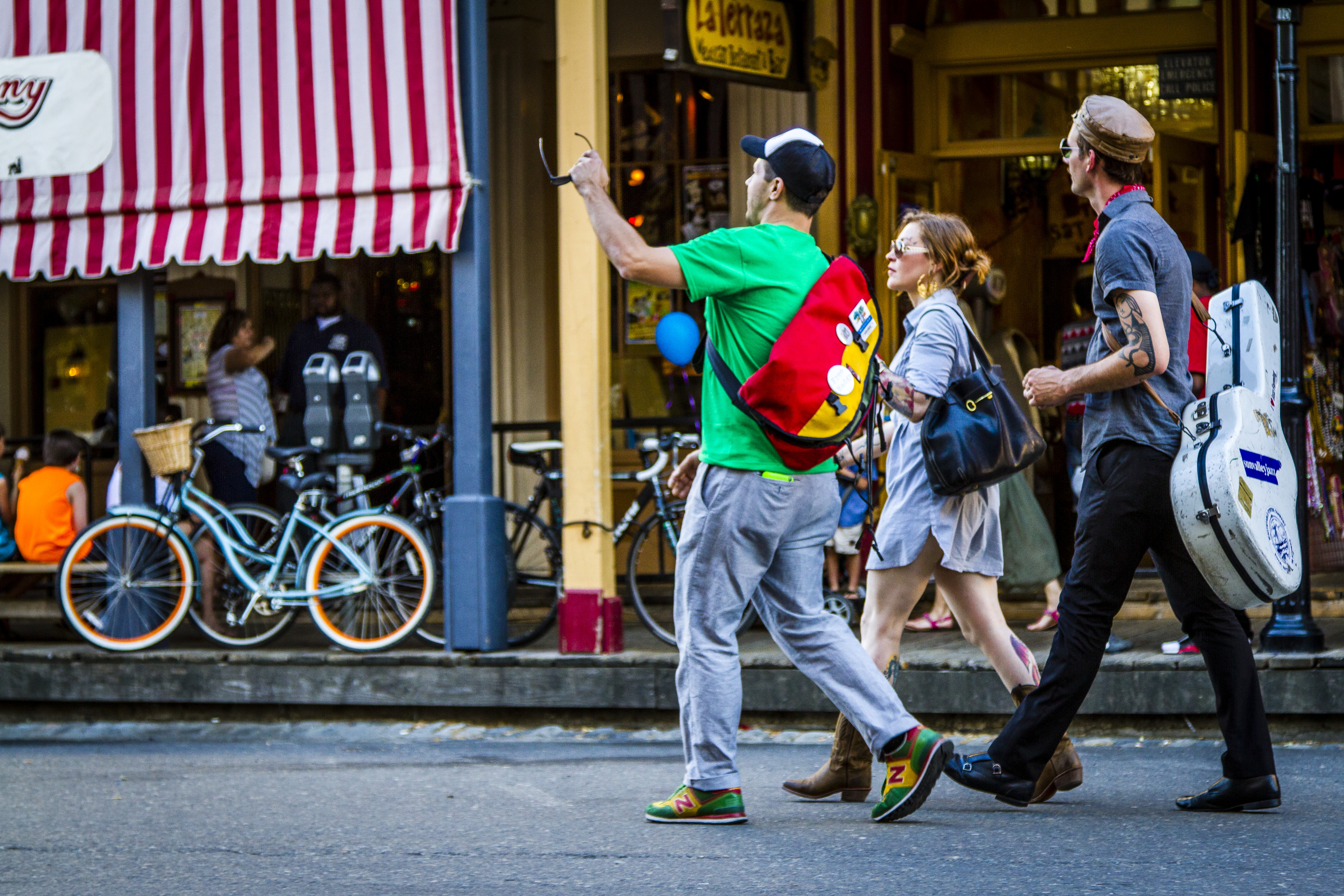Hipsters prefer to tour away from the city centres
They stay away from the tourist hotspots, they avoid mass tourism, they are drawn to districts without tourist appeal and lesser-known city areas, they seek out cultural, gastronomic, artistic and social experiences... These are today's young, middle-class city dwellers, the so-called hipsters, who choose alternative districts in the large cities as a destination for their holidays and weekend breaks. Such districts would be Gràcia and the Raval, in Barcelona; Malasaña and Lavapiés, in Madrid; Kreuzberg, in Berlin; and Pijp, in Amsterdam. The UOC's professors of Tourism analyse this phenomenon.
"This isn't a new trend, it has always existed in other formats", stresses Francesc González. And he adds: "There have always been tourists who like to visit places that are familiar to them and others who look for unusual, rarely visited destinations". So the hipsters aren't the only ones who like to travel to unfrequented places and districts, "but they are a major target for positioning cities that promote this kind of tourism", admits the UOC professor.
Advantages of having hipster destinations
Cities leverage this tourism phenomenon in two ways, says the expert:
-
"They use the image of a very distinctive but likeable urban group to set themselves apart from competitors. If cool people visit us, then we're a cool city". But he warns, judging by the number of cities that are jumping onto the bandwagon, "in the near future, there may be very little margin left for this differentiation".
-
"They take the pressure of the historic centres". However, this measure by itself "does not seem be enough", warns González, because everyone going to a city for the first time "will want to see the same attractions. Would anyone visiting Paris for the first time not want to visit the Eiffel Tower, for example?"
Coexistence with the local population
"There shouldn't be any friction between hipster tourists or those who go to outlying districts and the local residents", González says. First of all, because "the tourist flows are relatively small (these districts do not yet have a strong accommodation offering), but above all, because people who live in cities are more accustomed to high population densities and social intermingling".
Professor David Rodríguez warns that the arrival of tourists in a district may bring about a "change in the retail offering, more noise and nuisance, and, above all, a considerable hike in housing prices that may render the district unaffordable for low-income residents who live in rented properties". He gives Poblenou as an example.
"In the medium term, however, this tourism will not replace the existing tourism profile, not even in part", Rodríguez says. "But it would be a good thing if efforts to attract new tourists focus especially on these new market segments, rather than attract more 'traditional' tourism, which has often been the prevailing trend during recent decades", concludes the UOC's Tourism professor.
Profile of the hipster tourist
"Young, urban, middle-class, with consumption habits and tastes related with creativity, culture and good food, and who are looking for different experiences and emotions aligned with their lifestyle", González explains. They like independent music, unconventional fashion (long beards, tattoos, vintage or second-hand clothing), organic and craft-made food and, in general, they pursue alternative lifestyles.
Experts UOC
Press contact
-
Editorial department
